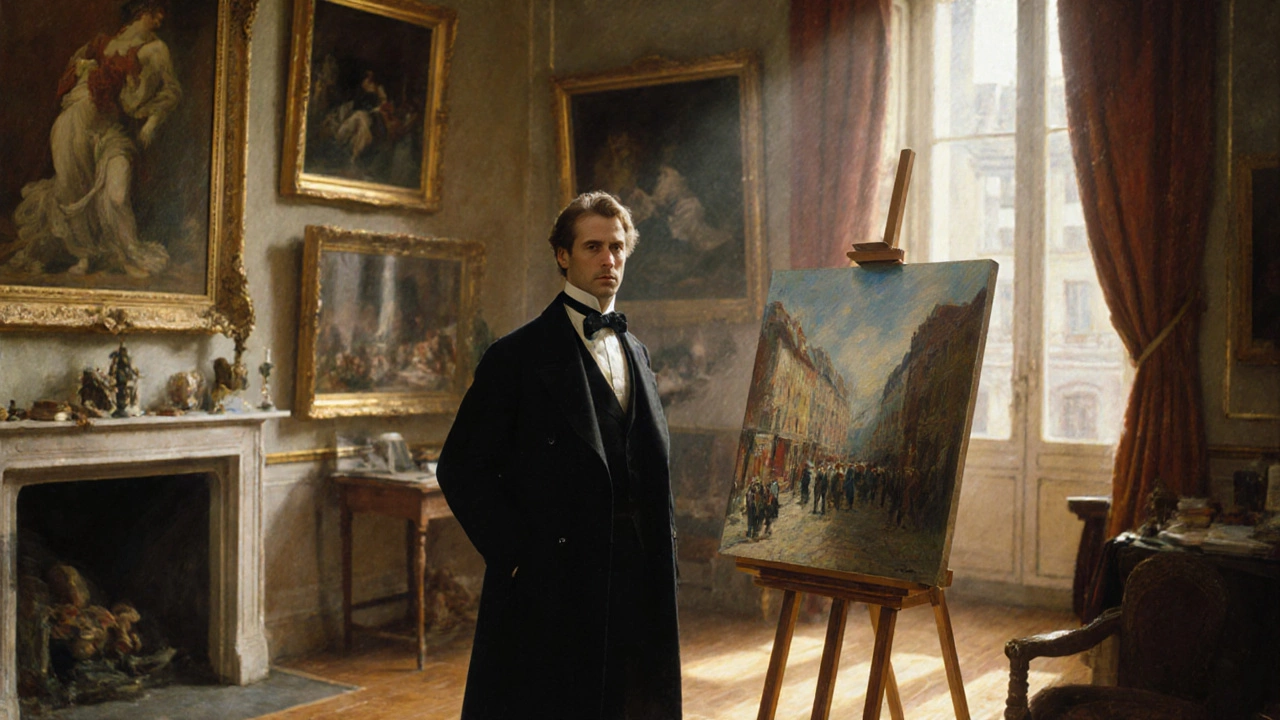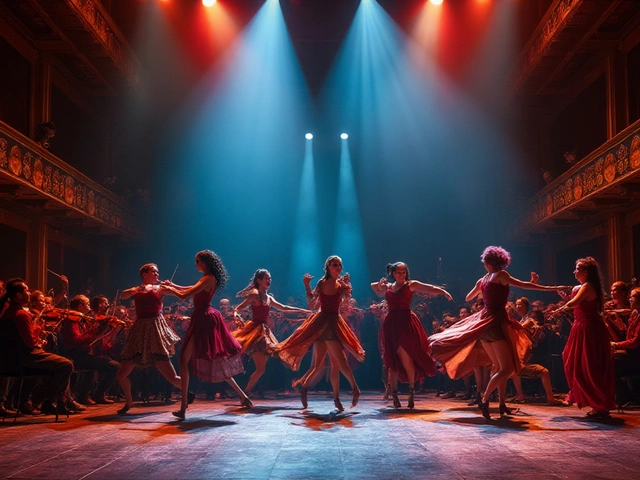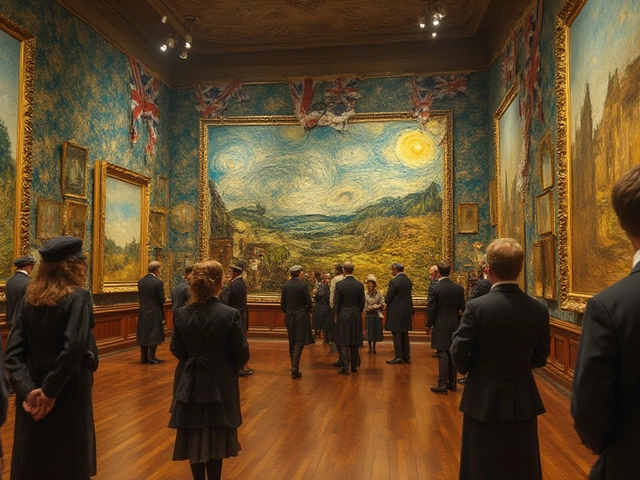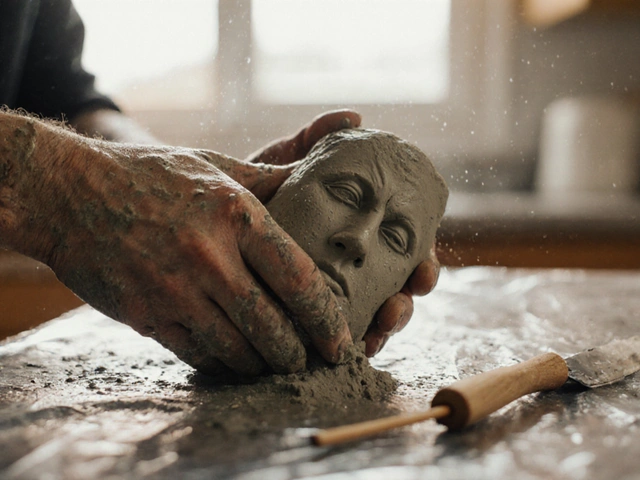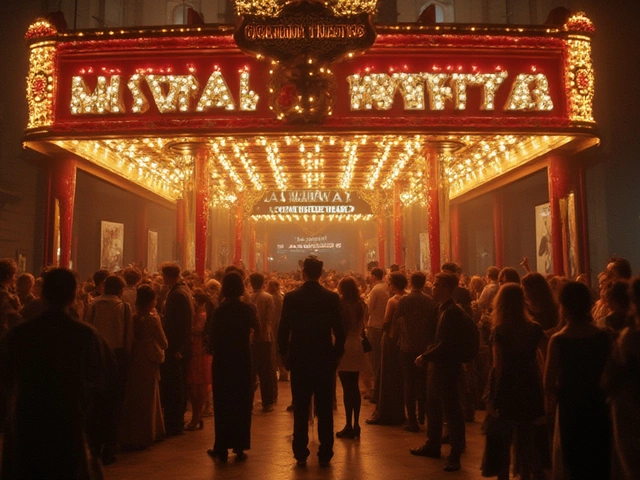Key Takeaways
- Édouard Manet (1832‑1883) is widely recognized as the first modern artist because he broke academic rules and introduced contemporary subject matter.
- His pivotal works, Le Déjeuner sur l'herbe (1863) and Olympia (1865), triggered scandal and forced the art world to reconsider what could be painted.
- The 1863 Salon des Refusés gave Manet a public platform, marking the birth of modern exhibition culture.
- While Realists like Gustave Courbet and Impressionists such as Claude Monet followed, Manet’s blend of realism, modern life, and painterly technique set the template.
- Understanding Manet’s innovations helps identify the true starting point of modern painting.
When you type a question like “who was the first modern artist?” you probably expect a single name, a short biography, and a reason why that artist deserves the title. The answer isn’t a vague era‑spanning movement; it’s a concrete person who redefined what painting could look like in the mid‑19th century. Below we’ll unpack the criteria that make an artist “modern,” explore why first modern artist points to Édouard Manet, and give you practical clues to spot that breakthrough moment in art history.
What Makes an Artist "Modern"?
Modern art isn’t just about new styles-it’s a mindset. An artist earns the label when they:
- Reject the strict academic rules of the official Salon, which demanded mythological or historical subjects painted in a polished, idealized manner.
- Choose contemporary life, everyday people, or current events as subject matter.
- Employ a visible brushstroke, flattened perspective, or unconventional composition that draws attention to the act of painting itself.
- Challenge the viewer’s expectations about taste, morality, or the role of art in society.
These criteria emerged gradually, but one artist embodied all of them at once, setting a clear before‑and‑after line.
Why Édouard Manet Fits the Bill
Édouard Manet is a French painter born in 1832 who became a pivotal figure in 19th‑century art. He combined realistic observation with bold, loose brushwork, and he placed modern Parisian life on canvas at a time when the Academy demanded biblical or historical grandeur. Manet’s training under Thomas Couture gave him solid technique, but his personal taste pushed him toward the cafés, streets, and parlors of contemporary Paris.
Two works crystallize his modernist break:
- Le Déjeuner sur l'herbe (1863) - A nude woman picnicking with two fully clothed men, set in a sun‑dappled forest. The stark contrast between the realistic bodies and the flat, almost cartoonish background shocked the Salon judges.
- Olympia (1865) - A reclining courtesan looking directly at the viewer, her pose echoing Titian’s Venus of Urbino but stripped of mythic pretension. The unapologetic gaze and the presence of a black maid added racial and social layers that the Academy ignored.
Both paintings were rejected by the official Salon, yet they were displayed at the Salon des Refusés, attracting public outrage and massive media coverage. Manet didn’t just paint modern subjects; he forced modern discourse.
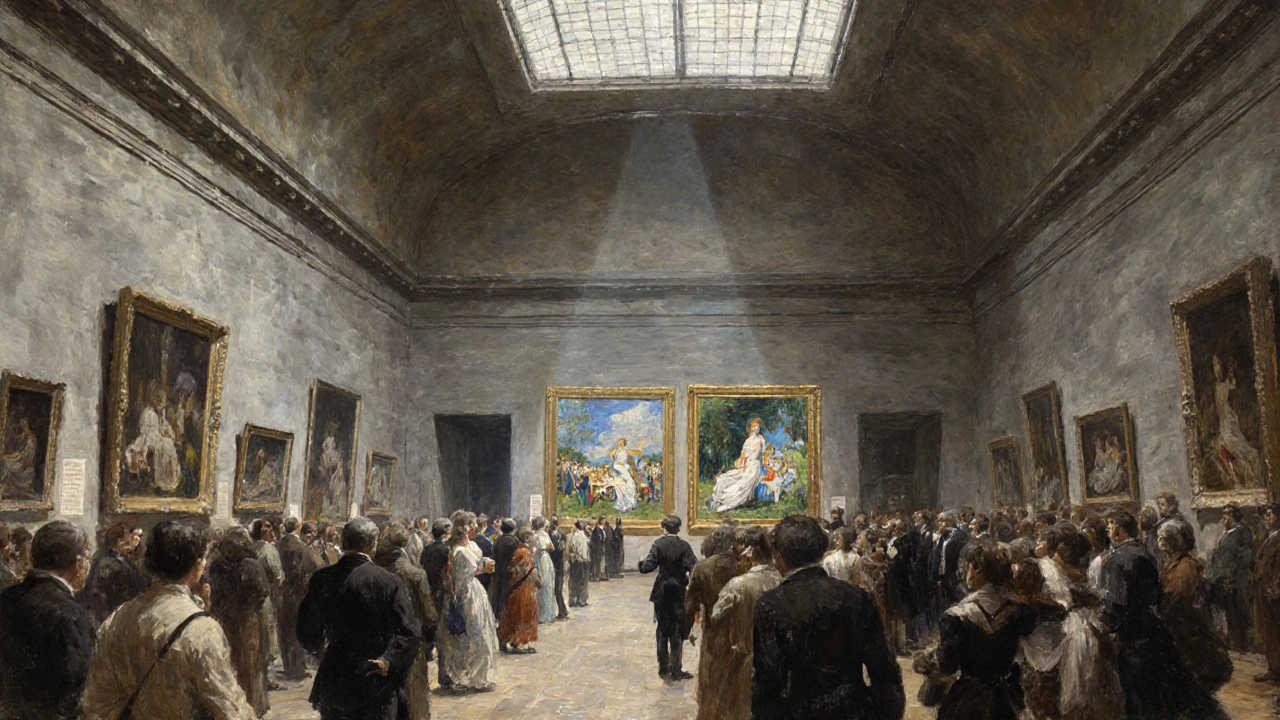
The Salon des Refusés: A Turning Point
Salon des Refusés was the 1863 exhibition organized by Emperor Napoleon III to showcase works rejected by the official Paris Salon. By giving rejected artists a public venue, the Salon des Refusés created the first official platform for avant‑garde art. Manet’s inclusion turned a scandal into a conversation about what art could be.
Critics like Charles Baudelaire wrote in defense of Manet, coining the phrase “the painter of modern life.” The exhibition cemented the link between controversy and innovation-a pattern repeated by every major modern movement that followed.
Contemporary Peers: Why They Came After Manet
Gustave Courbet (1819‑1877) championed Realism, painting peasants and laborers with unflinching honesty. However, Courbet remained rooted in naturalistic representation and didn’t experiment with the flattened space or painterly surface that Manet introduced.
Claude Monet (1840‑1926) pioneered Impressionism, focusing on light and atmosphere. Monet’s brushwork was looser, but his subjects were still landscapes and everyday scenes rather than the provocative social critique found in Manet’s early canvases. Monet himself admitted that Manet’s daring subject matter opened doors for younger artists.
In short, Courbet and Monet built on foundations Manet laid, but they didn’t satisfy the full set of modern criteria at the same moment.
Manet’s Lasting Influence on Modern Painting
Manet’s legacy can be traced in three concrete ways:
- Subject Matter Shift: Artists after 1865 felt free to depict cafés, laundresses, and city streets, treating them as worthy of high art.
- Technique Evolution: The visible brushstroke and flattened picture plane anticipated Impressionism and later Post‑Impressionism.
- Exhibition Model: The idea that rejected works could still find an audience inspired the 1905 Salon d’Automne and later the Venice Biennale.
Because of these ripple effects, art historians routinely point to Manet as the true origin point of modern painting.
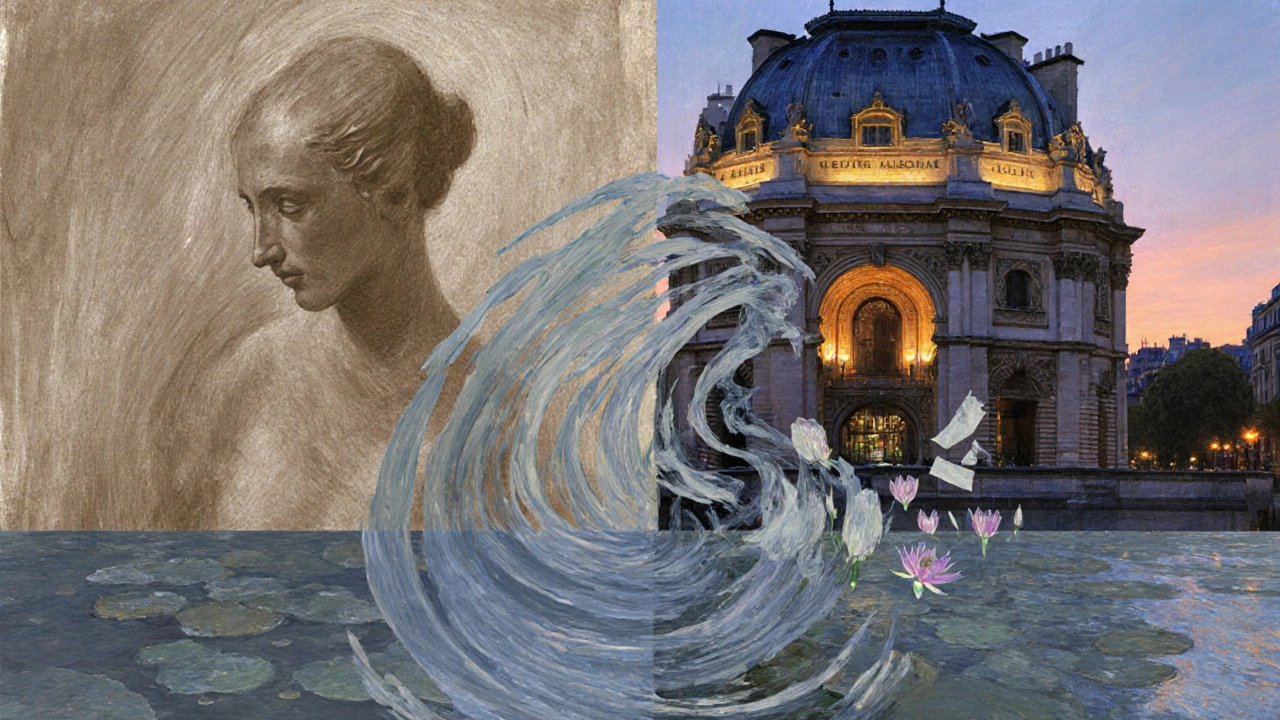
Quick Checklist: Spotting the First Modern Artist
- Born in the early‑ to mid‑19th century, active during the 1860s.
- Works rejected by the official Salon but displayed at the Salon des Refusés.
- Paintings feature contemporary Parisian life, often with provocative social commentary.
- Brushwork is loose enough to be noticeable, but not yet the full‑blown abstraction of later modernists.
- Influences a generation of Realists, Impressionists, and Post‑Impressionists.
If a painter checks every box, you’re probably looking at Édouard Manet.
Comparison Table: Manet vs. Courbet vs. Monet
| Artist | Birth‑Death | Primary Style | Signature Work (Year) | Why considered modern? |
|---|---|---|---|---|
| Édouard Manet | 1832‑1883 | Modern Realism / Proto‑Impressionism | Le Déjeuner sur l'herbe (1863) | Introduced contemporary subjects, bold brushwork, and public scandal. |
| Gustave Courbet | 1819‑1877 | Realism | Le Désespéré (1843‑44) | Focused on everyday laborers but kept a naturalistic, academic technique. |
| Claude Monet | 1840‑1926 | Impressionism | Impression, Sunrise (1872) | Emphasized light and color over narrative; built on Manet’s brushwork. |
Frequently Asked Questions
Is Édouard Manet the same as Claude Monet?
No. Manet (1832‑1883) was a pioneering modernist who painted contemporary Parisian scenes with a confrontational edge. Monet (1840‑1926) later developed Impressionism, focusing on light and atmosphere. Their names sound alike, but their contributions differ markedly.
Why did the Salon reject Manet’s works?
The Salon’s judges expected mythological or historical subjects rendered in a polished, idealized style. Manet’s nude figures, raw lighting, and contemporary setting violated those expectations, prompting the jury to label his work “indecent” and refuse exhibition.
Did Manet influence Picasso?
Absolutely. Picasso admired Manet’s willingness to break rules and his flattened perspective. In Picasso’s early Cubist works, you can see echoes of Manet’s compositional daring and his challenge to traditional representation.
Are there other artists who could claim the title?
Some scholars point to Courbet for his social realism or to the earlier French painter Jacques-Louis David for his political boldness. However, none combined contemporary subject, radical technique, and public scandal in the same moment as Manet.
Where can I see Manet’s paintings today?
Major works like Olympia sit in the Musée d'Orsay, Paris; Le Déjeuner sur l'herbe is housed at the Musée d'Orsay as well, while smaller pieces travel between the National Gallery, London, and the Metropolitan Museum of Art, New York.
